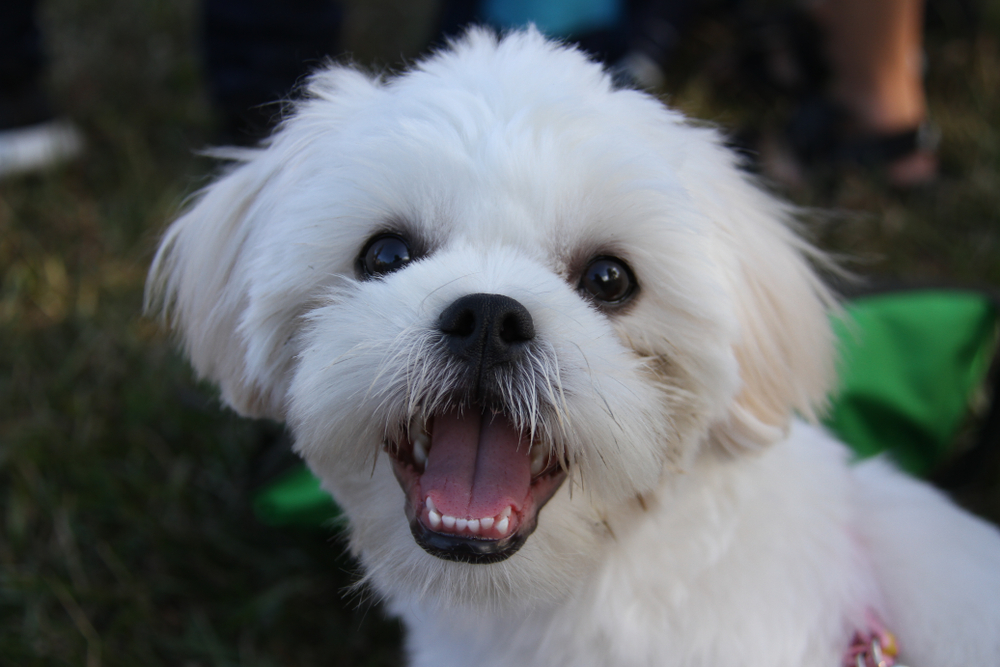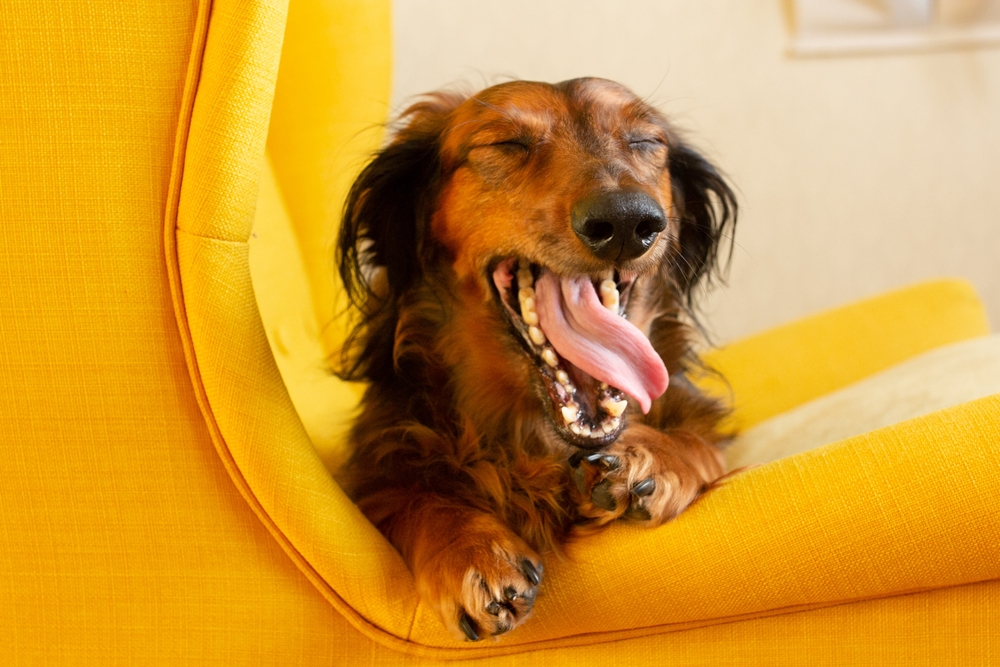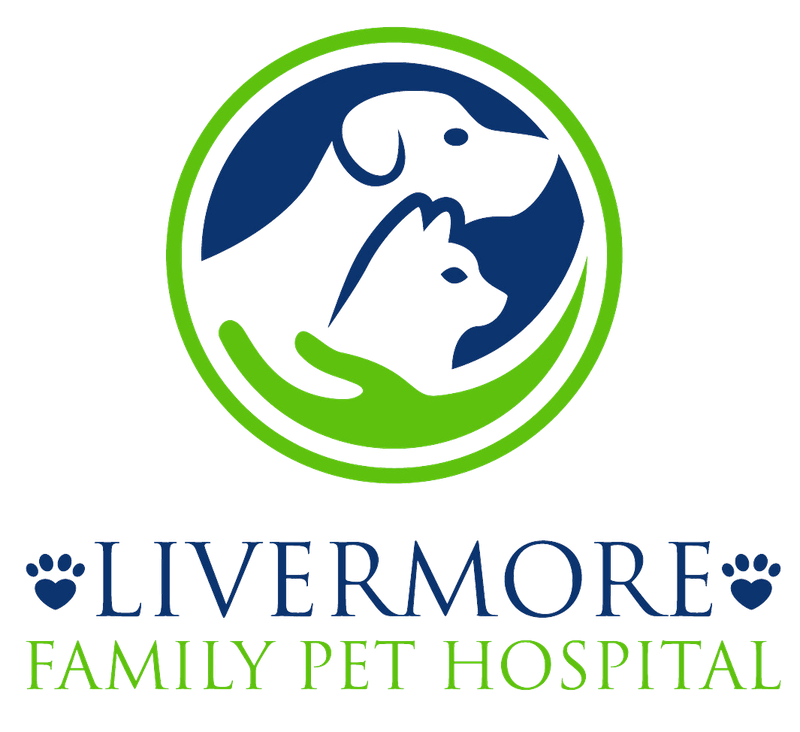
A pet’s breed is defined by certain characteristics, which were originally selected for a specific function such as hunting, herding, or pure companionship. However, some traits and features come at a cost. While hip dysplasia and inherited eye conditions often come to mind, a pet’s breed can also influence their risk for dental disease and associated health problems. Read our Livermore Family Pet Hospital team’s guide to breed-related dental issues to learn whether your pet is predisposed to oral health problems.
Why do some pets have an increased dental problem risk?
Healthy adult dogs have 42 teeth, including 20 along the maxilla (i.e., upper jaw) and 22 along the mandible (i.e., lower jaw). Adult cats have 30 permanent teeth, with 16 on top and 14 on the bottom. Considering these numbers of teeth are standard, you can imagine what happens over time as breed-specific traits are intentionally selected for and refined through careful breeding—most notably, the dachshund’s long and arched Roman nose, the Chihuahua’s signature apple or deer head, and a brachycephalic (i.e., flat-faced) pet’s broad skull and short—nearly nonexistent—muzzle. These skull- and jaw-structure alterations cause crowded and misaligned teeth. Malocclusions (i.e., jaw misalignment causing an underbite or overbite) and crowding alter a pet’s chewing ability and create additional areas for plaque and tartar accumulation.
Breeds, breed groups (e.g., toy, brachycephalic), and breed mixes who are prone to dental disease should receive annual oral health assessments and routine dental cleanings under anesthesia. To help you preserve and promote your pet’s long-term dental health, your Livermore Family Pet Hospital veterinarian can also provide personalized at-home care recommendations.
Which dog and cat breeds are predisposed to dental issues?
All pets can develop dental disease. However, the following breeds and breed groups are most likely to experience conformation- (i.e., physical structure) related dental health problems:
- Boxers — Boxers are known for their short square muzzle and undershot jaw (i.e., underbite). In addition to jaw misalignment, boxers also suffer from gingival hyperplasia, a benign (i.e., noncancerous) condition that causes gum tissue overgrowth, which can be so prolific that the tissue completely conceals or entraps nearby teeth, embedding debris and hair.
Gingival hyperplasia’s cause is not well understood, but may be genetically linked to and triggered by inflammation (i.e., gingivitis)—the first dental disease sign.
To trim away the excess gingiva, your veterinarian must perform a surgical resection (i.e., removal). In addition, to remove plaque from above and below your boxer’s gumline and flush out trapped debris, your veterinarian must perform frequent dental cleanings. You may reduce your boxer’s dental disease risks by maintaining strict oral hygiene practices such as daily toothbrushing.
Great Danes, collies, mastiffs, and retriever breeds are also prone to gingival hyperplasia.
- Brachycephalic dogs and cats — In addition to boxers, all brachycephalic breeds, including bulldog, Boston terrier, pug, shih tzu, and Pekingese dogs, and Persian, Himalayan, and Burmese cats, often have dental overcrowding and malpositioned teeth. Brachycephalic pets’ unique head shape results in a distorted maxilla and mandible. Dental crowding, malocclusion, and malpositioned teeth—sometimes in the middle of the palate—can cause rapid plaque and tartar accumulation, and dental disease progression.
Brachycephalic pets often have airway-related disorders that increase their anesthesia complication risk. Unfortunately, because of dental overcrowding and malpositioned teeth, brachycephalic pets often need frequent—sometimes annual—dental cleanings. However, proactive at-home dental care is an effective way to minimize the necessity of dental cleanings, which require your pet to receive anesthesia. But rest assured, that our Livermore Family Pet Hospital team will keep your brachycephalic pet safe and comfortable throughout an anesthesia procedure by taking extensive anesthesia precautions—including preanesthetic testing.
- Chihuahuas — The tiny Chihuahua is a prime candidate for overcrowded teeth, malocclusion, and other oral problems. This breed and other diminutive dogs (e.g., teacup breeds) frequently experience conditions such as:
- Retained deciduous teeth — Rather than falling out, deciduous (i.e., baby) teeth remain rooted in the gum, forcing adult teeth out of place. If addressed early, extracting (i.e., pulling) these dogs’ retained teeth can ensure proper adult dentition.
- Impacted (i.e., unerupted) teeth — Diminutive dog breeds’ adult teeth may fail to emerge, forming a cyst in the jaw.
- Jaw fracture — Chihuahuas’ teeth are large in proportion to their small jaw, making the joint more likely to fracture

- Toy dog breeds — The American Kennel Club toy dog group includes 22 breeds who have various skull and muzzle shapes. However, each of these adorable little lapdogs have the same number of adult teeth fighting for a small amount of gingival real estate. Toy dog breeds are more likely to suffer dental disease during early life. Teeth crowding and retained deciduous teeth can disrupt toy dog breeds’ normal dental development and increase plaque and tartar accumulation.
- Dachshunds — Compared with the other dog breeds discussed here, dachshunds have an average skull shape and a long conical muzzle. However, dachshunds are 3.3 times more likely than similarly sized breeds to suffer from oronasal fistulas—a dental disease complication in which trapped oral bacteria destroy the bone between the oral and nasal cavities, creating an opening or defect. Untreated oronasal fistulas can cause a dachshund to inhale (i.e., aspirate) food or fluid into their lungs, resulting in pneumonia or chronic nasal infections.
Dedicated at-home care and professional dental services are essential for all pets, but these preventive strategies are especially important for at-risk dog and cat breeds. If your pet has an increased dental problem risk, take action—contact our Livermore Family Pet Hospital team to learn how you can protect your pet from dental disease and breed-related complications.

